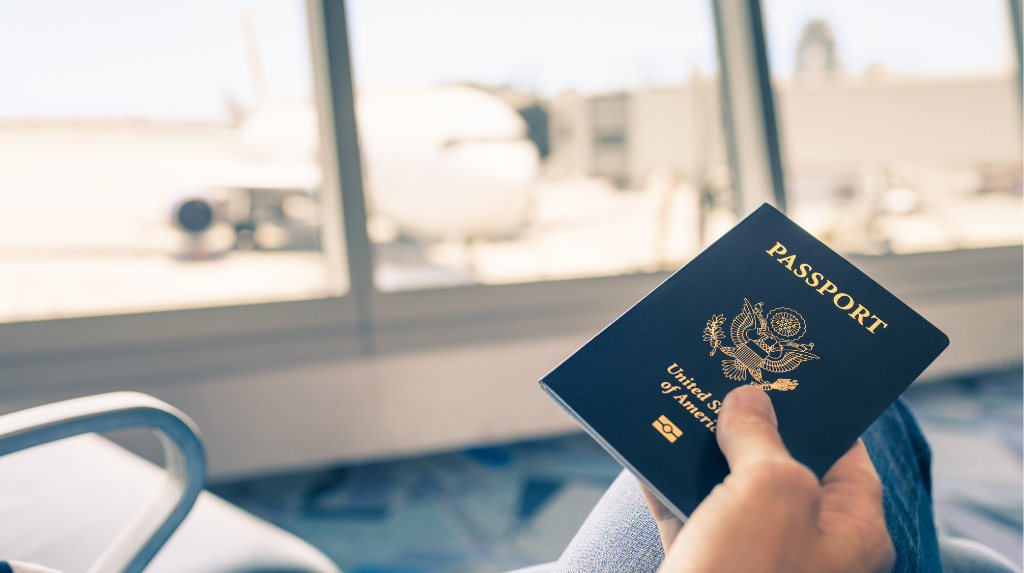Learn about the key distinctions between F-1 and J-1 student visas, their eligibility requirements, benefits, and limitations. Understand which visa is suitable for your study abroad journey. Find all the essential information you need in this comprehensive guide.
Studying abroad is an exciting venture, but navigating the visa process can be overwhelming. Two popular visa options for international students in the United States are the F-1 and J-1 student visas. Each visa type serves a specific purpose and comes with its unique set of rules and privileges. In this article, we will explore the differences between the F-1 and J-1 student visas, including their eligibility criteria, advantages, and limitations, to help you make an informed decision for your educational journey.
What is the Difference Between F-1 and J-1 Student Visa?
Studying in the United States as an international student typically requires obtaining a nonimmigrant student visa. Both the F-1 and J-1 visas enable students to pursue academic programs, but they have distinct characteristics.
F-1 Student Visa
The F-1 student visa is the most common choice for international students attending accredited academic institutions in the United States. Let’s delve into the details of the F-1 visa:
Eligibility for F-1 Student Visa
To qualify for an F-1 visa, applicants must meet specific criteria:
- Acceptance by SEVP-Certified Institution: Applicants need an acceptance letter from a Student and Exchange Visitor Program (SEVP)-certified U.S. educational institution.
- Full-Time Student Status: Students must enroll in a full-time academic program.
- Proof of Sufficient Funds: Applicants must demonstrate adequate financial support to cover tuition fees, living expenses, and healthcare costs during their stay.
- Nonimmigrant Intent: Students must show nonimmigrant intent, meaning they plan to return to their home country upon completion of their studies.
- Language Proficiency: Proficiency in English is necessary for academic success.
Advantages of F-1 Student Visa
The F-1 student visa offers several benefits:
- Curricular Practical Training (CPT): F-1 students can participate in CPT, allowing them to gain practical work experience related to their field of study.
- Optional Practical Training (OPT): After completing their degree, F-1 students can apply for OPT, granting them temporary employment authorization in the U.S.
- Extensions and Transfers: Students can extend their F-1 status if they need more time to complete their program or transfer to another SEVP-certified institution.
- Dependents: F-1 students’ spouses and children can accompany them to the U.S. under F-2 status.
Limitations of F-1 Student Visa
While the F-1 visa offers many advantages, it also comes with certain limitations:
- Work Restrictions: F-1 students can only work on-campus for a limited number of hours per week during the academic term.
- Strict Course Load Requirements: Students must maintain a full course load throughout their academic program, except for specific circumstances.
- No Public Assistance: F-1 visa holders are ineligible for most forms of public assistance.
J-1 Student Visa
The J-1 student visa is designed for exchange visitors participating in U.S. government-approved programs. Let’s explore the key aspects of the J-1 visa:
Eligibility for J-1 Student Visa
To qualify for a J-1 visa, applicants must meet certain criteria:
- Sponsorship: Students must be sponsored by an eligible exchange visitor program approved by the U.S. Department of State.
- English Proficiency: Demonstrating English proficiency is crucial for J-1 visa applicants.
- Funding and Health Insurance: J-1 applicants must provide evidence of adequate funding and health insurance coverage during their stay.
Advantages of J-1 Student Visa
The J-1 student visa offers several benefits:
- Academic and Cultural Exchange: J-1 students get the opportunity to participate in cultural exchange programs while pursuing their academic interests.
- J-2 Dependents: J-1 students can bring their spouses and unmarried children under the age of 21 to the U.S. as J-2 dependents.
- Research Scholars and Professors: J-1 visas are also available for research scholars, professors, and other academic categories.
Limitations of J-1 Student Visa
While the J-1 visa facilitates cultural exchange, it has certain limitations:
- Home Residency Requirement: Some J-1 visa holders may be subject to the two-year home country physical presence requirement after completing their program.
- No Dual Intent: Unlike the F-1 visa, the J-1 visa does not allow for dual intent, meaning holders must intend to return to their home country after the exchange program ends.
- Program-Based: J-1 visa holders are restricted to participating in the specific exchange program mentioned in their visa application.
Frequently Asked Questions ((FAQs)
Can I switch from an F-1 to a J-1 visa or vice versa?
Yes, it is possible to switch between the F-1 and J-1 visas under certain circumstances. Students can consult their Designated School Official (DSO) or Responsible Officer (RO) for guidance on the process.
Is there an age limit for applying for F-1 or J-1 visas?
There is no specific age limit for applying for F-1 or J-1 visas. However, applicants must meet all other eligibility requirements, including being accepted by a SEVP-certified institution or sponsored by an approved exchange visitor program.
Can I work off-campus with an F-1 or J-1 visa?
F-1 students can work off-campus through Optional Practical Training (OPT) after completing their studies, while J-1 students may be eligible for Academic Training (AT) during or after their program. Both options have specific guidelines and require authorization from the respective institutions or sponsors.
Can I bring my family with me on an F-1 or J-1 visa?
F-1 students can bring their dependents (spouse and children) on an F-2 visa. J-1 students can also bring their dependents on a J-2 visa. However, dependents cannot work unless they have their own work authorization.
How long can I stay in the U.S. on an F-1 or J-1 visa?
The duration of stay for F-1 and J-1 visa holders varies based on the program length and completion date. F-1 students can generally stay as long as they maintain their student status, while J-1 students’ stay depends on the duration specified in their DS-2019 form.
Can I apply for a Green Card with an F-1 or J-1 visa?
Both F-1 and J-1 visas are nonimmigrant visas, which means they are not intended for permanent residency. However, under certain circumstances, students may explore other visa options or employment-based pathways to apply for a Green Card.
In conclusion, the F-1 and J-1 student visas are essential pathways for international students pursuing education in the United States. The F-1 visa is widely chosen for academic institutions, offering valuable benefits such as Optional Practical Training (OPT). On the other hand, the J-1 visa caters to exchange visitors participating in government-approved programs, promoting cultural exchange.
When selecting between these visas, students should consider their academic goals, career plans, and intentions after completing their studies. Consulting with the appropriate school officials or exchange program sponsors is vital to making an informed decision that aligns with individual aspirations.
Navigating the intricacies of F-1 and J-1 student visas can be daunting, but with the right guidance and understanding, students can embark on an enriching educational journey in the United States.
Do you need a US Student visa?
Contact our team of skilled immigration lawyers to discuss your visa and immigration needs.
Call us on +234 812 5505 986 or WhatsApp us at +234 818 1547 085 for immediate assistance with your situation. We are available to assist you in person, over the phone, or online.





